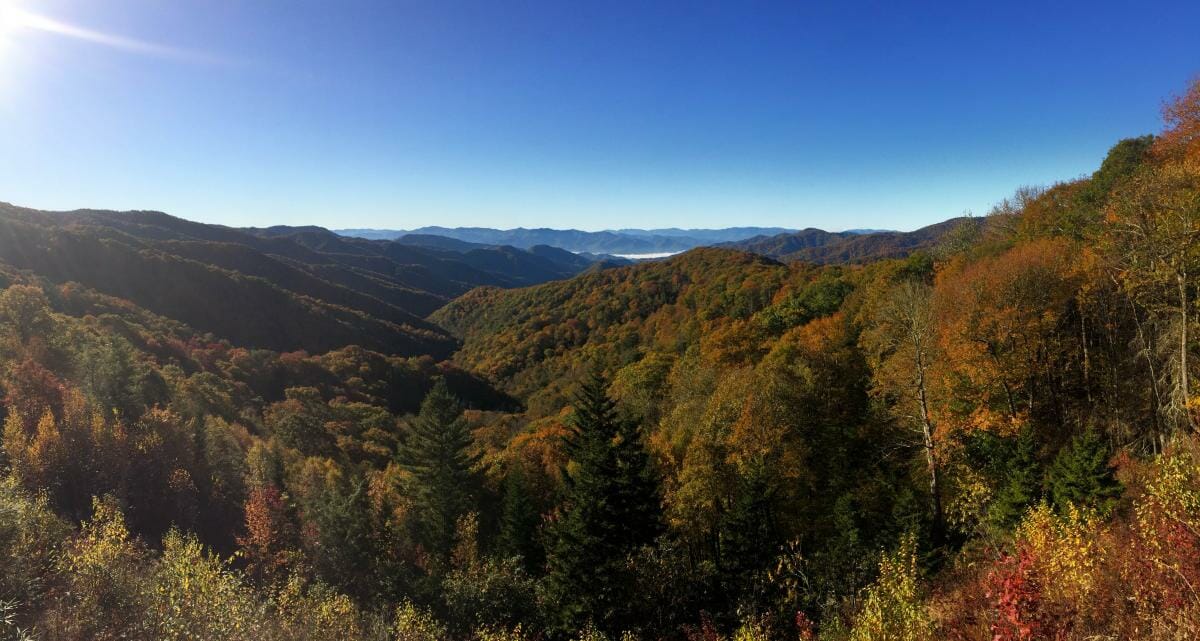News & Updates
Keeping Wildlife Wild


Cherokee, NC: Great Smoky Mountain National Park is home to some to some of the most impressive landscapes found in the eastern United States. Waterfalls, exposed rock cliffs, and mountains that seemingly go on forever. This area is home to more than 60 mammals including black bears, elk, white-tailed deer, and the elusive bobcat. Visiting any national park is a special experience, an experience worth protecting. It is our job as visitors to understand the ways to protect wildlife while we are in their natural habitats. By doing so, we can preserve the quality of the experience for future generations to enjoy, just as much as we do.
It is frightening to witness people getting a too close for comfort to wild animals. It is not uncommon for people to try and feed deer or to try and get a selfie with a bear to post to social media for all of our friends to see. Not only are these occurrences a hazard for our personal safety but it also poses a threat to wildlife.
As a wild animal becomes habituated to the presence of humans, a distinct shift in their actions will occur.
- Animals become reliant on searching for human food and stop hunting for their natural prey.
- Wildlife is wild; if animals feel threatened they may act out in rage.
- If an animal continuously searches for human food in the same location, the animal will be transported in hopes to deter its efforts.
- If the relocation of an animal fails to work, the animal may be euthanized.

Seeing a black bear and her cubs for the first time is an exciting moment. For many people the possibility of seeing wildlife can be a main attraction for getting out and experiencing nature. If you see wildlife it is important to remember a few tips and tricks on how we can keep animals wild and prevent habituation.
- Always remember to plan ahead and prepare to bring a bear canister or bear bag for proper storage of food and smell-able items such as sunscreen, lip balm, deodorant, and soap.
- When car camping store all food and smell-able items inside of a sealed vehicle or hard sided camper.
- Keep track of food scraps including apple cores, banana peels, and orange peels.
- If you encounter a wild animal, utilize the Thumb Trick. Extend one arm with a thumb up, close one eye and attempt to hide the animal with your thumb. If the animal cannot fit behind the entirety of your thumb, back up and give the animal more space.
- Use binoculars or a zoom lens to achieve that close-up view.
The habituation of wildlife is completely avoidable. By taking the necessary precautions, we protect the animals and the places we love.
Steph and Andy – Subaru/Leave No Trace Traveling Trainer Team East
Leave No Trace’s Stephanie Whatton and Andy Mossey are part of the 2015 Subaru/Leave No Trace Traveling Trainer Program that provides free, mobile education to communities across the country. Proud partners of this program include Subaru of America, Deuter, Hi-Cone, REI, Smartwool, The North Face, and Yakima.
Let’s protect and enjoy our natural world together
Get the latest in Leave No Trace eNews in your inbox so you can stay informed and involved.
